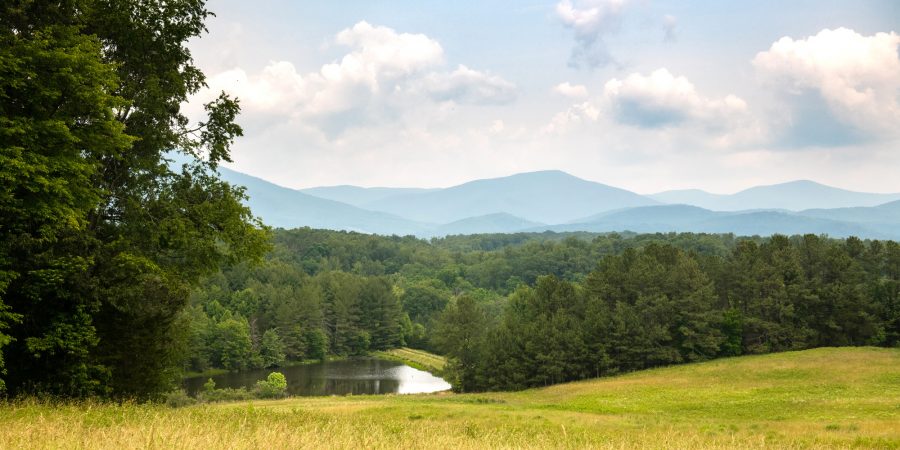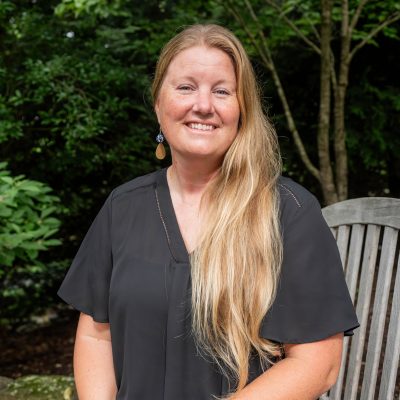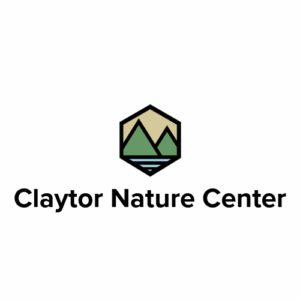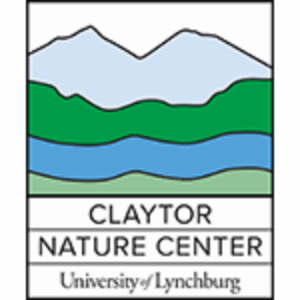Claytor Nature Center

About Us
The 491-acre Claytor Nature Center, donated by A. Boyd Claytor ’04 HAA III in 1998, serves as the University of Lynchburg’s hub for environmental education and research. Protected under a Virginia Outdoors Foundation conservation easement, the land is preserved from development and managed in a sustainable manner.
Nestled at the foot of the Blue Ridge Mountains, it features streams, woodlands, wetlands, and the Big Otter River. The property includes hiking trails, a campground, an amphitheater, and the Virginia Claytor Memorial Gardens.
In 2016, Bob Kibler ’80 MBA expanded the center with a 21-acre gift, enhancing its role as a living laboratory for conservation.
Beliefs that Guide Us
Mission
The Claytor Nature Center engages the community in exploring and studying the Virginia Piedmont and Blue Ridge habitats to promote the well-being of people and the environment.
Vision
We believe human well-being depends on a healthy environment. Nature is for everyone, and we all share responsibility for sustaining it through social, economic, and environmental balance.
Values
We value a deep passion for the environment and sustainability, a holistic approach to learning and well-being, and a strong commitment to building community and fostering belonging.
Our Supporters


We welcome all individuals and do not discriminate based on race, color, national origin, sex, pregnancy (including childbirth or related medical conditions, including lactation), marital status, veteran status, disability, age (40 and over), sexual orientation, gender identity, or religion.
Our Location
Topography
Waterways
Forests
Wetlands
Grasslands
Fauna
Our Team

Lindsay Tomlinson
Director of Claytor Nature Center [email protected]

Crystal Moorman ’09
Director of Belk Astronomical Observatory [email protected]

